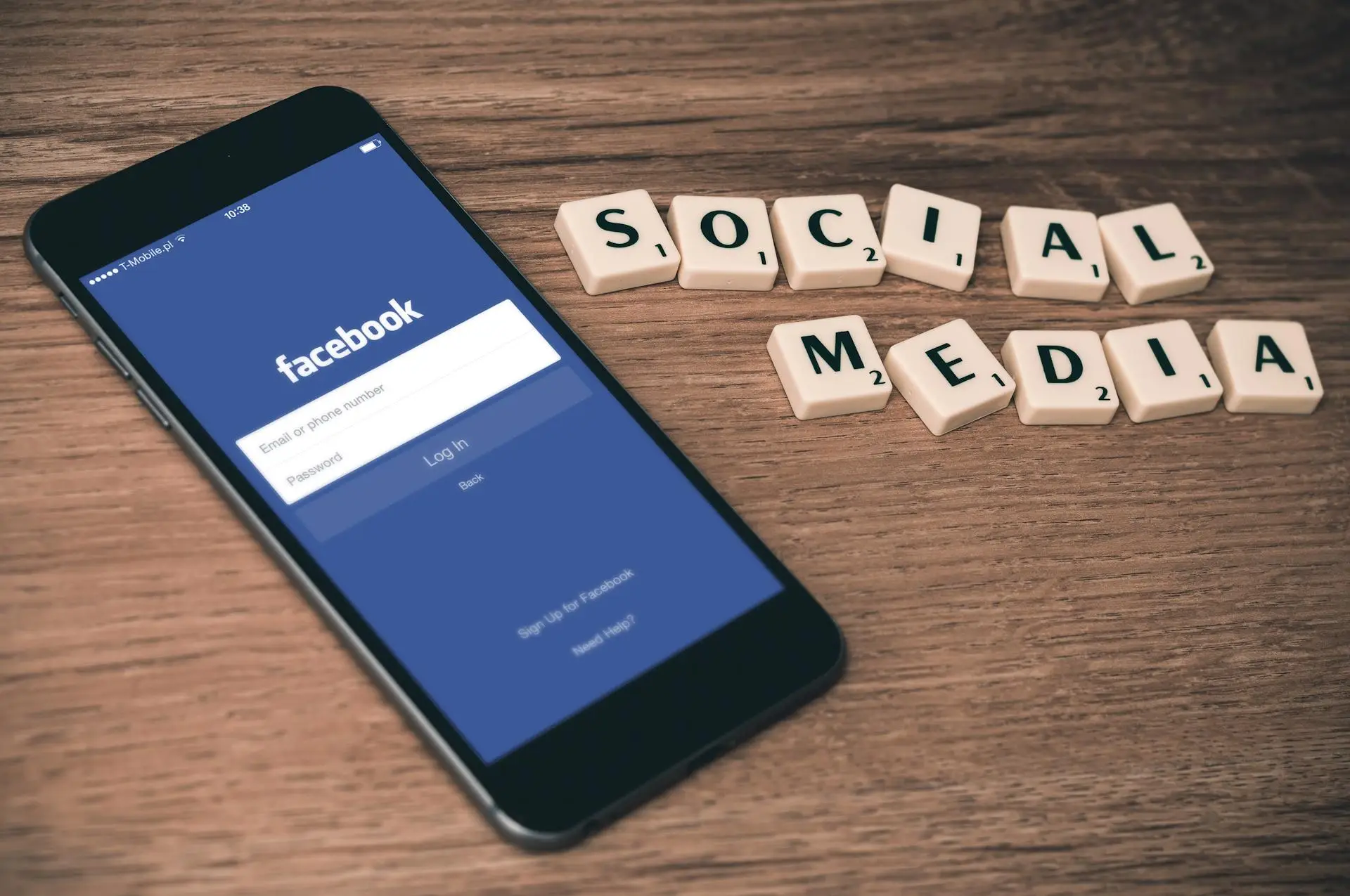Harnessing the Power of Social Media Influencers for Brand Success
In the dynamic world of digital marketing, social media influencers have become powerful allies for brands looking to build their presence and connect with audiences. These individuals, who command significant followings on platforms like Instagram, YouTube, and TikTok, can shape consumer perceptions and drive purchasing decisions with just a few posts. Understanding how to effectively leverage influencers can be a game-changer for brands seeking to increase visibility, credibility, and engagement.
The Unique Influence of Social Media Personalities
What sets social media influencers apart from traditional celebrities is their ability to cultivate authenticity and build personal connections with their followers. Influencers often share their lives, opinions, and preferences in a way that feels genuine and relatable, which fosters trust and loyalty among their audience. This level of trust means that when an influencer endorses a product or service, their followers are more likely to consider and act on the recommendation.
This trust is a key driver in how influencers impact consumer decision-making. Studies have shown that people are more inclined to buy products recommended by someone they follow and trust on social media than by traditional advertisements. Influencers can bridge the gap between brands and consumers by offering authentic, relatable content that resonates with their audience's values and lifestyle.
However, the credibility of the influencer is crucial. Followers can easily detect when endorsements are not genuine or when influencers promote products that don’t align with their usual content. This can lead to a loss of trust, not only in the influencer but also in the brand they are promoting. Therefore, choosing credible influencers whose values align with the brand’s is essential for successful campaigns.
Strategic Approaches to Influencer Partnerships
To effectively utilize social media influencers, brands must first identify the right individuals to partner with. Choosing the right influencers involves evaluating several factors, including the influencer's alignment with the brand’s values, their audience demographics, and their engagement rates. Tools and platforms like Influencity or HypeAuditor can help brands find influencers who match their needs.
Once the right influencers are identified, the next step is to collaborate effectively. Successful collaborations are built on mutual respect and a shared vision. Brands should work closely with influencers to co-create content that feels natural and resonates with both the influencer’s audience and the brand’s target market. This could involve sponsored posts, product placements, or long-term brand ambassadorships, depending on the campaign's goals.
Setting clear goals and Key Performance Indicators (KPIs) is also vital. Whether the objective is to increase brand awareness, generate leads, or boost sales, having specific, measurable goals will help in evaluating the success of influencer campaigns. KPIs could include metrics like engagement rates, website traffic, or conversion rates, depending on the campaign’s focus.
The Benefits of Influencer Marketing in Building Brand Loyalty
When executed correctly, influencer marketing offers numerous benefits for brand building. One of the most significant advantages is the ability to expand brand reach. Influencers have loyal followings that trust their recommendations, allowing brands to access new and diverse audiences that might be difficult to reach through traditional marketing channels.
Additionally, influencers can enhance brand credibility. When a respected influencer endorses a product, it lends credibility to the brand, particularly among niche or hard-to-reach audiences. This association with credible figures can significantly enhance the brand's reputation and build trust with potential customers.
Influencers also drive engagement. Their content tends to generate higher levels of interaction than traditional brand posts, as followers are more likely to engage with content that feels personal and authentic. This increased interaction can lead to greater brand visibility and deeper connections with the audience.
Navigating the Challenges and Risks of Influencer Marketing
Despite its many benefits, influencer marketing comes with challenges. Maintaining authenticity is one of the biggest hurdles. There is a fine line between promotional content and genuine endorsements, and crossing that line can damage both the influencer's and the brand’s reputation. Over-commercialization, where influencers promote too many products, can also lead to audience fatigue and decreased effectiveness.
Measuring the return on investment (ROI) of influencer marketing can also be challenging. Unlike traditional advertising, where ROI is more straightforward to calculate, influencer marketing involves multiple variables, including engagement rates, brand sentiment, and long-term impact on brand loyalty. Brands need to use a combination of metrics to get a complete picture of the campaign's success.
Managing relationships with influencers is another area that requires careful attention. Long-term partnerships need to be nurtured to ensure that both the influencer and the brand continue to benefit. However, the relationship can also be complicated by potential controversies or negative publicity involving the influencer, which can reflect poorly on the brand.
Learning from Successes and Failures in Influencer Marketing
There are numerous examples of brands that have successfully leveraged influencer marketing to build their brand. For instance, fashion brands like Fashion Nova and Glossier have used influencer partnerships to create significant buzz and drive sales. These campaigns have succeeded by selecting influencers who genuinely align with the brand’s image and co-creating content that resonates with their audiences.
On the flip side, there are also lessons to be learned from influencer campaigns that failed to deliver. Cases where influencers promoted products outside of their usual content or where there was a lack of transparency about the partnership have led to backlash. These examples highlight the importance of authenticity, transparency, and careful planning in influencer marketing.
The Future of Influencer Marketing in a Changing Landscape
As social media platforms evolve and consumer behaviors shift, the role of influencers in brand building is also changing. Emerging trends such as the rise of virtual influencers, the growing importance of micro-influencers, and increasing demand for transparency are shaping the future of influencer marketing.
Brands will need to adapt to these changes by integrating influencers into broader marketing strategies and maintaining a focus on authenticity and ethical practices. By staying ahead of trends and continuously refining their approaches, brands can continue to harness the power of influencers to build strong, lasting relationships with their audiences.




